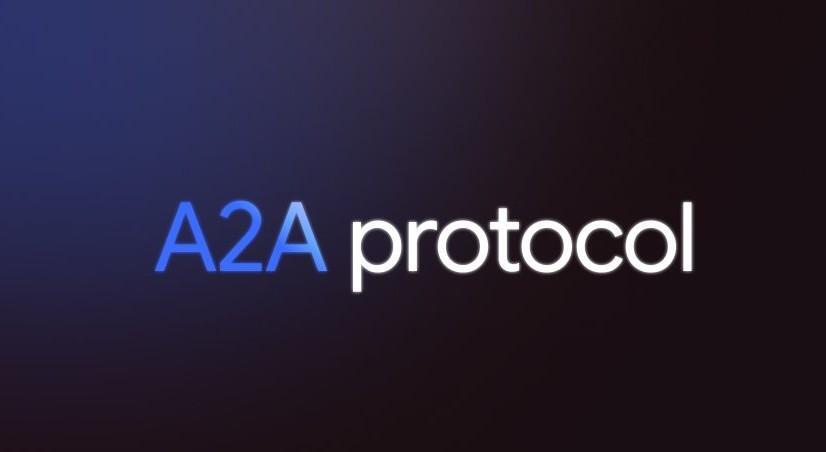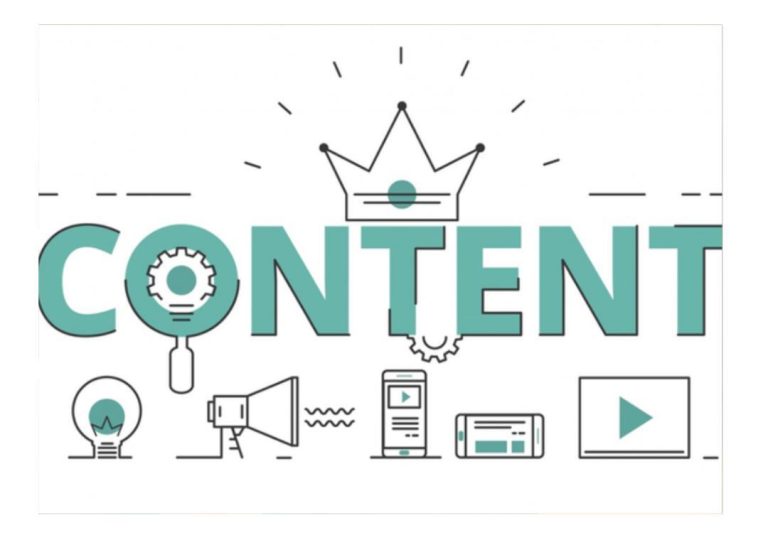
Google Launches A2A Protocol to Enhance AI Agent Synergy
The world of artificial intelligence (AI) has witnessed tremendous growth in recent years, with the development of various AI agents designed to perform specific tasks. These agents are created to interact with humans, but what about their ability to communicate with each other? In a breakthrough move, Google has launched Agent2Agent (A2A), an open-source protocol that enables AI agents from different systems to work together seamlessly. This revolutionary protocol has the potential to transform the way AI agents interact, making it easier for developers to build connected and collaborative agents.
What is A2A Protocol?
A2A is a new protocol designed by Google to facilitate communication between AI agents from various systems. This protocol allows agents to securely exchange information and coordinate actions across different enterprise platforms or applications. With A2A, developers can build agents that can connect with any other agent built using the protocol, promoting a new era of agent interoperability.
How Does A2A Protocol Work?
The A2A protocol is built on top of existing technologies like Message Queue Telemetry Transport (MQTT) and WebSockets. It uses a lightweight and efficient messaging system to enable agents to communicate with each other. The protocol provides a decentralized architecture, allowing agents to operate independently and make decisions without relying on a centralized hub.
Benefits of A2A Protocol
The A2A protocol offers numerous benefits to developers and organizations. Some of the key advantages include:
- Interoperability: A2A enables agents from different systems to communicate with each other, breaking down barriers and promoting seamless collaboration.
- Flexibility: The protocol allows developers to build agents that can connect with any other agent built using A2A, making it a versatile solution for various applications.
- Security: A2A uses industry-standard encryption and authentication mechanisms to ensure secure information exchange between agents.
- Scalability: The decentralized architecture of A2A enables agents to operate independently, making it easy to scale and manage complex systems.
Use Cases for A2A Protocol
The A2A protocol has a wide range of applications across various industries. Some potential use cases include:
- Smart Homes: A2A-enabled agents can coordinate with each other to control lighting, temperature, and security systems in a smart home.
- Industrial Automation: Agents can work together to monitor and control industrial equipment, improving efficiency and reducing downtime.
- Healthcare: A2A-enabled agents can communicate with each other to provide personalized patient care and improve healthcare outcomes.
- Retail: Agents can collaborate to analyze customer behavior, optimize inventory management, and improve customer service.
Conclusion
The launch of the A2A protocol by Google marks a significant milestone in the development of AI agent synergy. This open-source protocol has the potential to transform the way AI agents interact, enabling them to work together seamlessly and securely. With A2A, developers can build connected and collaborative agents that can operate across various platforms and applications. As the AI landscape continues to evolve, the A2A protocol is poised to play a critical role in shaping the future of AI agent interoperability.
Source:
https://developers.googleblog.com/en/a2a-a-new-era-of-agent-interoperability/






